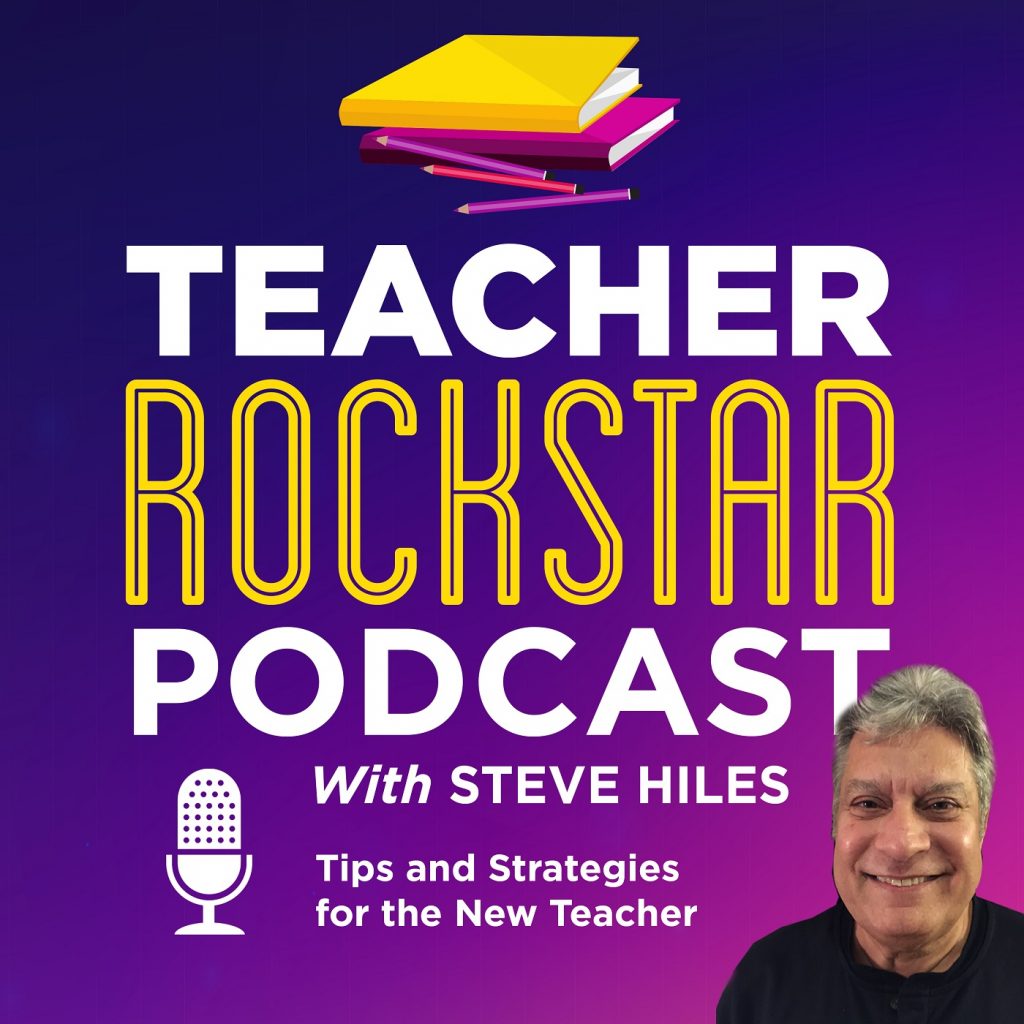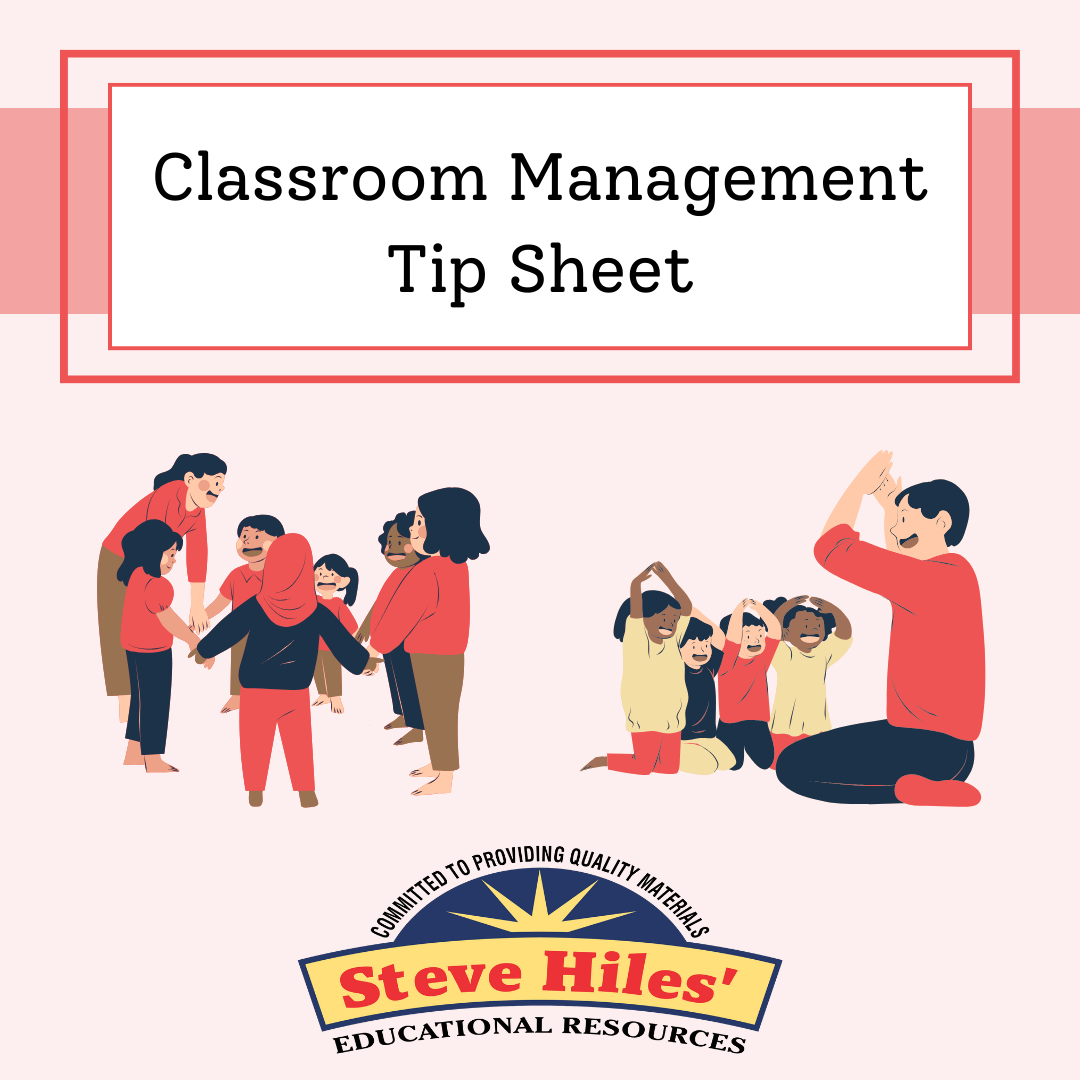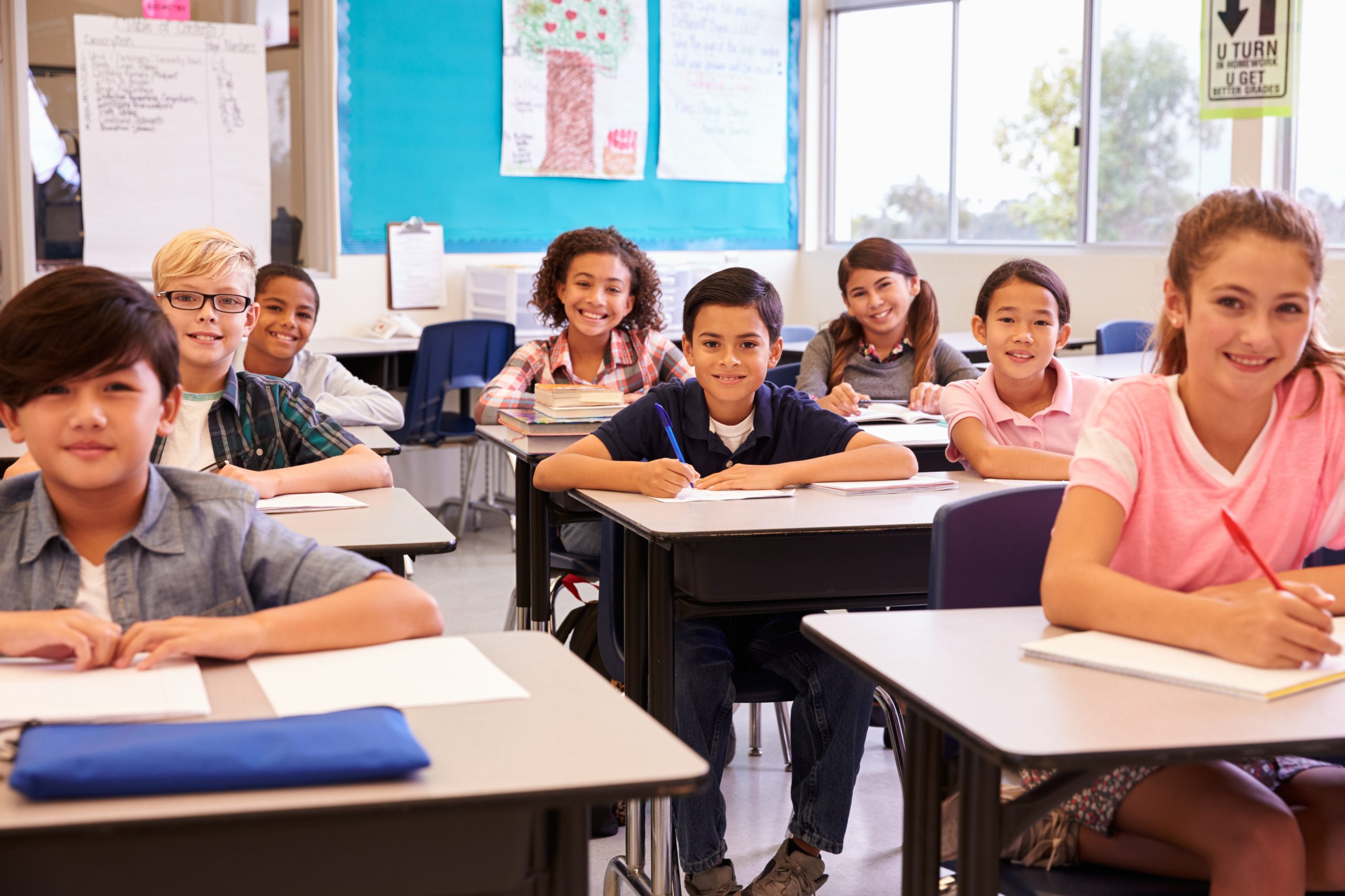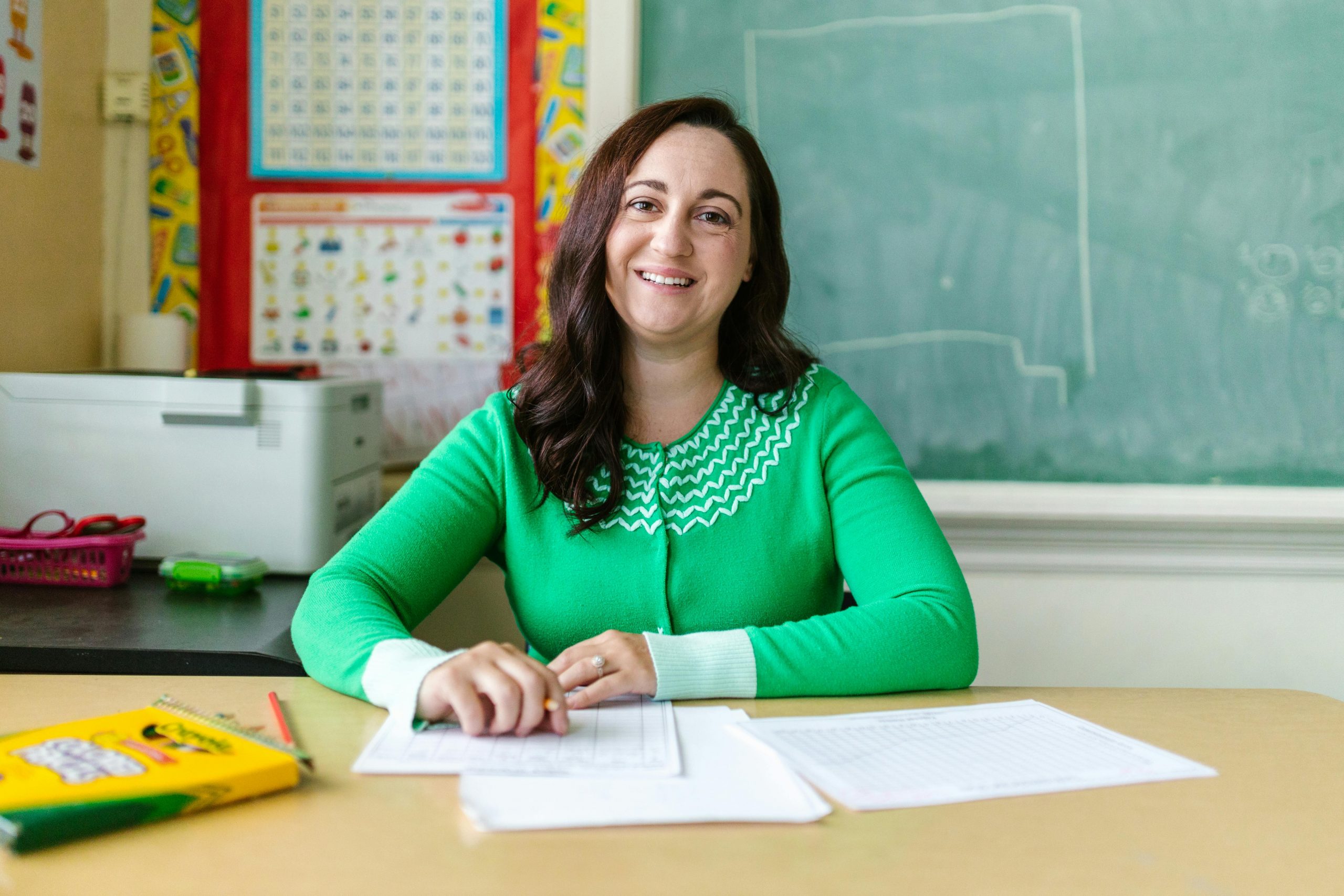In the 21st century, teamwork is deemed an essential part of learning in the classroom. Now, This did not come as a surprise to many people. Bringing students to work together for the good of learning can be traced back even to, Socrates. Socrates was an avid believer that lecturing was not a method of teaching students that was effective. Especially now because generally the work atmosphere calls for teamwork. It is the norm in the modern industry so students need to learn this skill even from a young age.
The issue with integration of children into the teamwork spirit, is the fact that it may result in more work, for the teacher initially. While that may be true, but once procedures have been established then the rest is manageable.
Then the only thing remaining for the teacher is to establish the mode of learning, either cooperative learning or collaborative learning. This is the part that I find confuses teachers. Hopefully, I can clear this up.
Now before I go into what Cooperative and Collaborative learning is, I want to suggest that your students receive explicit instruction as to what constitutes being cooperative and how to work collaboratively. In other words, you wouldn’t just take a group of 4 kids put them together, give them a task and say go for it. I dare say that the learning objective would not be successful.
So, what I am saying is, before you build out your cooperative learning teams there needs to be explicit instruction, practice, role modeling, and plenty of feedback given to the students. Then after some practice sessions, at that point develop your teams.
Something to consider, even after teams are established, you as the facilitator will have to continue to monitor and adjust accordingly.
Table of Contents
ToggleWhat is Cooperative Learning?
This method of learning relies heavily on interdependence of the students among each other. In other words, the role of each team member is clearly mapped out but can be negotiated. The most important part of cooperative learning is accountability. All the activities are structured by the teacher and each student has been given a specific role in the activities.
The students are not left to their own devices in seeking the information relevant to the content. The teacher supplies the information or at least directs the students on where the information can be acquired.
The teacher acts as a facilitator with respect to the teams. The teacher listens, observes and can even intervene in the discussions if he/she feels this is necessary.
The students submit the complete task/project at the end of the lesson or the discussion. The teacher then reviews or assesses the task and offers feedback to the respective students involved.
Success of the team is highly dependent on the efforts and the accountability of all the individual members involved in the assignment.
Realities of Cooperative learning
Cooperation involves interdependence. Roles and responsibilities are clearly defined but are open for negotiation.
A cooperative learning structure takes the following form: There are [5] points here.
- Activities are structured with each student assigned a specific role (teacher-structured)
- Teachers supply information for students to read and analyze (or let pupils know where this info can be found)
- Teachers observe, listen and intervene where necessary
- Students submit work at the end of lesson for evaluation/assessment
- The success of the group depends upon the efforts of everyone involved
Cooperative Learning projects limit the resources, assign roles, and distribute jobs so everyone is held responsible and accountable for their own contribution.
Two Important points
- Simply putting children in groups is NOT cooperative learning. I just want to be clear about that.
- Team projects are typically not graded – however, feedback is given.
Now let’s turn our attention to Collaborative learning.
Collaborative learning
Collaborative learning on the other hand means that the students come together to work on a project as a team. (Now collaborative projects are usually reserved for older students.)
Each student is responsible for their own individual work separately. The students are also in charge of the work as a team.
In this mode of learning, each student makes progress individually in-line with the progress made by others. If this method is properly directed by the teacher, then the students themselves can learn to manage the method with no further instructions. There are many benefits of collaborative learning. For example, it helps the students to recognize the aspect of differences, both in themselves and in others through working separately, but in tandem. They learn to respect the differences in others, and use it to their advantage.
The following is the basic layout of the collaborative learning process:
- The learning is group-structured. This means that the students organize and divide the work between themselves. They also organize their team members by themselves.
- The students outsource material that will aid them in completing the task.
- The activities conducted by the group are generally not monitored by the teacher. However the teacher can offer assistance if the same is requested of them by the members.
- The students do their own assessment of both their individual and group performances.
- The success of the group generally depends on the success of the individuals in the group.
The realities of collaborative learning
It’s important to remember that effective collaborative learning does not necessarily come easy. Making a move to a new kind of learning experience is not a quick fix, and may necessitate a change of mindset for everyone involved. Not just your colleagues, but your students, and potentially you, too. You should see the transition to collaborative approaches as a journey, which you’ll all embark upon together. As you get further, you’ll continually assess and refine approaches to ultimately gain a view of how collaboration works most effectively in your school.
With that said, it’s not an overwhelming proposition either. There’s no need to throw the baby out with the bath water, you should implement collaborative and cooperative approaches under the right circumstances for your students and your curriculum.
While putting some initial planning and thought in up front will naturally be required, transitioning to collaborative learning principles won’t require more work in the long term. It just demands a different kind of work. Work in which your role has changed, as you become more of a moderator, supervisor and occasional guide, rather than a leader.
The beauty of a collaborative approach is that it offers such flexibility, so you can group students together in the optimum way and refine and adapt groups as you travel along your journey. As a learning experience, collaboration offers a full range of models which can be adapted to suit whole-class, multi-team and small-team settings.
Most importantly, an effective collaborative approach does not lose sight of the individual. You know how unique each student is, and you know how important it is to tailor your approach to their distinctive learning styles. Collaboration, done right, plays to this perfectly. There’s still room for personalized instruction and guidance from you to ensure all attitudes and abilities are accommodated.
A collaborative approach doesn’t assume that everyone will travel at the same speed. The brighter children will not be held back, as they will have an inclination towards guiding the outliers. And the outliers will benefit from a stronger network of group support and direction.
Now here are the similarities between cooperative and collaborative learning
Here are just some of the similarities that exist between a cooperative learning and collaborative learning approach for students:
- Rely on active student participation rather than passive, lecture-based teaching
- Students assume a degree of responsibility for their own learning
- Teachers act as facilitators to learning
- Require pupils to complete a task/project
- Instill team building skills and encourage social interaction
- Help to prepare students for the world of work
- Enhance deeper cognitive skills
The differences between cooperative and collaborative learning
Collaborative learning
Students progress personally, while collectively working towards a common goal. Students are accountable to one another and, with appropriate direction, will self-manage this. Pupils learn to better understand and anticipate difference, recognize it in themselves and others, and use it to their advantage.
A typical collaborative learning process:
- Students organize their efforts between themselves (group-structured)
- Students source material to help them complete the activity
- The activity is not monitored by the teacher (although they can help when assistance is requested by the group)
- Students assess their own individual and group performance
- Success depends on individual strengths
Whereas In Cooperative learning
Roles and responsibilities are clearly defined but are open for negotiation. This method of collaboration brings with it a strong sense of accountability.
In contrast to collaborative learning, a cooperative learning structure takes the following form:
- Teachers supply information for students to read and analyze (or let pupils know where this info can be found)
- Teachers observe, listen and intervene where necessary
- Students submit work at the end of lesson for evaluation/assessment
- The success of the group depends upon the efforts of everyone involved· Create shared learning experiences
- Increase levels of information retention
- Embrace student diversity
Benefits of Cooperative and Collaborative Learning
The following are the major merits of social learning:
- The students come to recognize, respect and embrace the differences in culture among their classmates.
- They are more valuable means of building the performance and progression of the students.
- It improves the social skills of the students: The students get a sense of confidence. This is because every student realizes their opinion is relevant and counts for something.
- Modernization of the learning process: In modern times social learning can be easily done through the use of internet. It can be achieved through the use of video conferencing solutions such as ezTalks
- Meetings. These help you to communicate with your students easily. It can also aid the students themselves to work on a project together, but while at separate locations. That is the modern learning world.
- The modern work environment requires the workers to have social skills as it is a place where they have to work together. Imbedding the skills of teamwork in students is crucial from a young age. It is these skills that are propagated by collaborative and cooperative learning.









